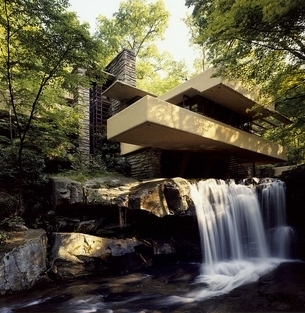
Interface Biophilia Design Contest closing date April first 2013.
This contest for architects and (interior) designers challenges to design corresponding to nature and human experiences. Send illustrations of your vision and a description in max 150 words before 1ste of April to Interface. The public of social media will select the winner of one of 3 VIP trips to a biophilic destination.
What is Biophilia-based Design?
Three pillar concepts serve as the tenets of biophilic design: Nature in the Space, Natural Analogues, and Nature of the Space.
Nature in the Space refers to the incorporation of plants, water and animals into the built environment. Examples include potted plants, water features, aquariums, and courtyard gardens, as well as views to nature from the inside of a building. The prevalence of the courtyard in traditional architecture is a good example of our early attraction to incorporating nature directly into our built environment. These direct connections to nature—especially dynamic nature that incorporates movement— produce the strongest biophilic reactions.
Natural Analogues are one degree of separation away from true nature. Natural Analogues are materials and patterns that evoke nature and are characterized by four broad types: representational artwork, ornamentation, biomorphic forms, and the use of natural materials. The benefits of nature represented in artwork are measurable but less effective than benefits derived from actual trees or plants in the outdoors.
Nature of the Space, a similar concept, refers to the way humans respond psychologically and physiologically to different spatial configurations. Our innate preference for open spaces does not extend to just any open space; physiological research indicates that our bodies react most positively to savanna-like settings with moderate to high depth and openness.

Comments by our Users
Be the first to write a comment for this item.